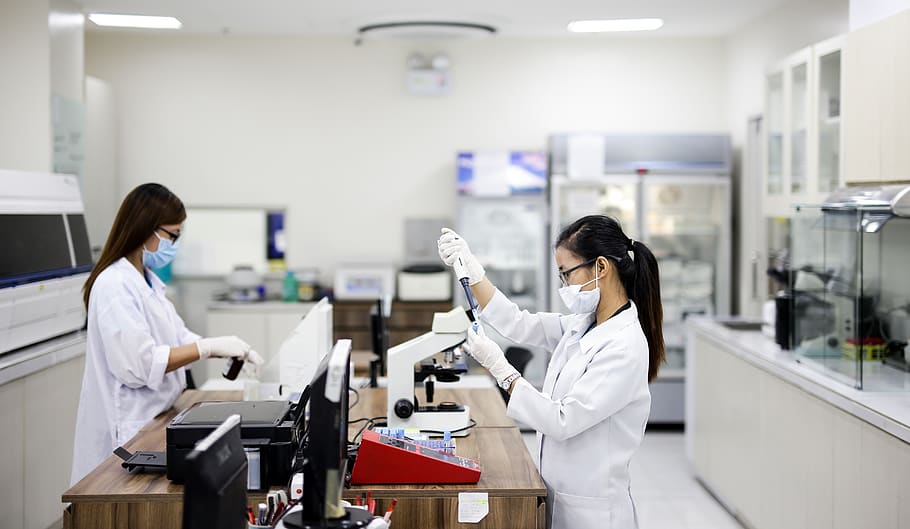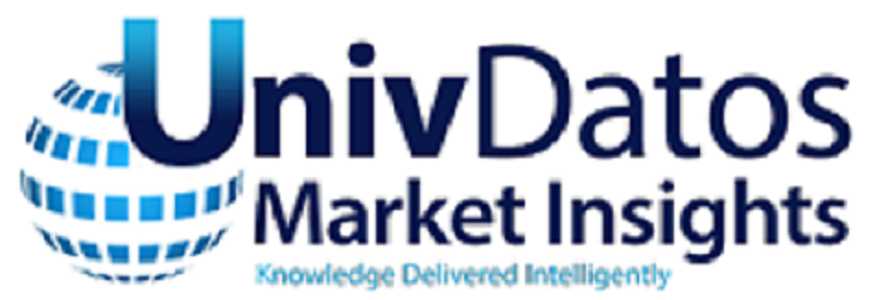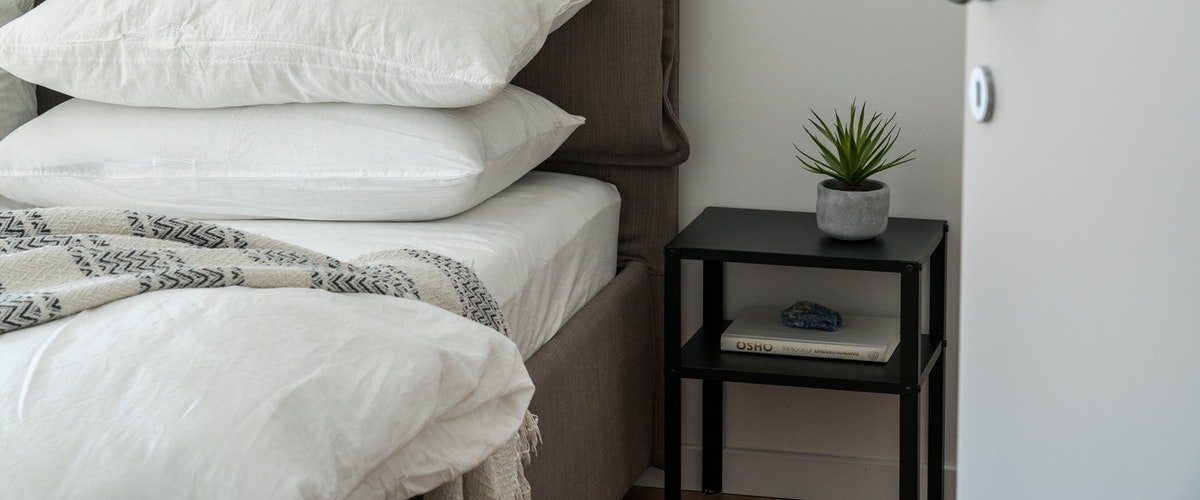Bioanalytical Assay Platforms Most Popular for Clinical Development in 21st Century Labs

A rise in novel therapeutic drugs and treatment has paved the way for the assay development services to develop newer bioanalytical technologies and upgrade existing bioanalytical methods within the drug development space. Current FDA guidelines lack specificity when it comes to method development and validation of emerging technologies. Therefore, method development services must inherit the expertise to understand the needs of such complex bioanalytical assays and develop robust assay platforms for the successful approval of a drug or treatment.
Popular bioanalytical platforms
The platform is largely based on the bioanalytical needs of the drug product under consideration. Selectivity, specificity and sensitivity also play a significant role in the final decision. Although the choice of reagent and the final platform is not interrelated, the reagents control a bioanalytical platform's sensitivity and specificity. Therefore, enough importance is given to identify and secure well-characterized reagents to suffice the complete lifecycle of a bioanalytical method and subsequent bioanalytical assay development and validation protocol. Lets now focus on the platforms making noise in the clinical development scenario.
qPCR
qPCR has a wide range of applications in the clinical science space. It can evaluate the biodistribution, pharmacokinetics and vector shedding evaluations of a drug product. qPCR can measure viral genomes in tissue, serum or body fluids. It can also quantify transgene-expressed mRNA levels at the target site in gene-therapy programs.
Flow cytometry
Flow cytometry is a powerful tool capable of analyzing multiple parameters in a single run. It can monitor in real-time and can complement qPCR data in pharmacokinetics studies. In construct studies, flow cytometry panels can be specifically designed to not only study the expressions but also aid in understanding the immune activation status. But it is crucial to consider the sample stability of samples for cell-based therapies. In most instances, samples are analyzed in the first 24-48 hours to maintain the integrity of the clinical samples.
Genome-editing applications
Novel genome-editing applications such as next-gen sequencing have grown in popularity in recent times. It is capable of monitoring both off-target gene edits and editing efficacy in drug therapies. As these technologies are still in their infancy, they pose a challenge in assay development and validation. As no regulatory guidance is available for genome-editing applications, sponsors ideally conduct them in a non-GLP fashion.
ELISA
ELISA techniques are the gold standard bioanalytical methods in the clinical and drug development industry. ELISA are relatively cheaper, easy to use and provide robust performance. They can be used for detecting antibodies and antibody responses, drug reactions, and many other crucial applications. Today the advent of newer technologies such as resonance-based and electrochemiluminescence has enhanced the sensitivity of ELISA platforms. As these new technologies are species-agnostic, sponsors employ them throughout the nonclinical and clinical phase. The platform is largely based on the bioanalytical needs of the drug product under consideration.
Conclusion
With the advent of next-gen and more complex drug products, drug development companies should seek expertise to design and efficiently validate bioanalytical platforms for the overall success of a therapeutic program.

Dietary Supplement Market 2020 | Global, Size, Share, Growth, Trend and Forecast 2026
- Global Dietary Supplement Market was valued at US$ 176.55 billion in 2019 and is anticipated to reach US$ 262.57 billion by 2026

Frozen Food Market Major Geographies, Prominent Players Review and Forecast 2021 to 2027
- The major factors boosting the market include the introduction of longer shelf-life products, an increase in working population worldwide and rising demand

Memory Foam Pillow: What You Need to Know
- Memory foam pillow is one of the top innovative sleeping essentials nowadays. Learn about the different advantages of memory foam pillows.
![Turmeric Curcumin [95 percent Curcuminoids]](https://img.foreverdoomed.com/17-05-2021/8491Turmeric Curcumin with Bioperine .jpg)
Turmeric Curcumin [95 percent Curcuminoids]
- Curcumin 95 is a formula of 95% active curcuminoids from Turmeric. In short, It is a dietary supplement with 95% curcuminoids.